Laboratorio de Cocina OME (오미요리연구소)
4.1Km 2022-10-14
Gosanja-ro 46-gil 22-1, Dongdaemun-gu, Seúl
En el Laboratorio de Cocina OME los participantes pueden preparar platos de la mesa diaria de los coreanos con los ingredientes adquiridos en el Mercado de Yangnyeong y Mercado de Gyeongdong. Además tendrán la oportunidad de charlar con los vendedores de los mercados.
Ganga - Apgujeong Branch (강가 압구정)
4.1Km 2021-04-13
868, Nonhyeon-ro, Gangnam-gu, Seoul
+82-2-3444-3610
Chefs with over 20 years’ experience in India personally do the cooking. This restaurant's signature menu is tandoori chicken. This Indian (cuisine) restaurant is located in Gangnam-gu, Seoul.
Of one book and stay [Korea Quality] / 일독일박 [한국관광 품질인증/Korea Quality]
4.1Km 2021-03-29
11-1, Pirundae-ro 3-gil, Jongno-gu, Seoul
This hanok (traditional Korean house) is located in Seochon Village near Gyeongbokgung Palace. It is a modern C-shaped hanok centered around the inner courtyard, which is the first thing that the guests see after entering through the gate. While it is not expansive, white pebbles and a foot bath make this hanok a unique one. One can enjoy a foot bath while sitting on the porch.
The bedroom, which is located beyond the living room, is furnished with a queen-sized bed. Opening the screen doors brings one to the view of the kitchen area beyond the inner courtyard. A large table, plush sofa, and a small bookcase make the space ideal for books and discussions. Climbing the wooden ladder to the side of the kitchen brings one to the attic, which also doubles as a Korean-style room with a skylight. The kitchen is furnished with a refrigerator, microwave oven, gas stove, electric kettle, toaster, pots, utensils, wine glasses, and bottled water. There is a restroom with a bathtub. The standard occupancy of the house is 4 people.
Hanok Guesthouse Dongchonchae [Korea Quality] / 한옥 게스트하우스 동촌재 [한국관광 품질인증/Korea Quality]
4.1Km 2021-03-26
21-10, Jahamun-ro 11-gil, Jongno-gu, Seoul
Built in 1939, Dongchonchae was designated as Seoul Well Hanok by the Seoul Metropolitan City in 2016. In 2020, this hanok (traditional Korean house) received the Certificate of KOREA QUALITY from the Korea Tourism Organization in the Heritage Hanok field in recognition of its historicity and quality of services. Dongchonjae is located in the western side of Gyeongbokgung Palace, at Seochon. When one passes through its main gate, one sees the yard, with anchae (women's quarters), sarangchae (men's quarters), and byeolchae (detached quarters) surrounding the plot. Anchae has four rooms, daecheong (wood-floored main hall), a kitchen, and a restroom. One of the rooms is used for tea ceremonies as well. Outside of the sarangchae and byeolchae, which are the living spaces for the owners, visitors have free access to the numaru (raised open floor) and the yard. The anchae’s rooms “Bom” and “Yeoreum” can accommodate 2 to 3 adults each, while the rooms “Gaeul” (Tea Room) and “Gyeoul” are optimal for two. The building is rented out as a whole, so no more than one group may stay in the building at any given time. Standard occupancy is four persons, and eight is the maximum number. There are two restrooms, one within the anchae building, one out in the backyard.
Cooking is not allowed in the kitchen, but guests are free to bring in outside food. Experience programs on offer include nighttime exploration of Seoul City Wall, tea ceremony, folk songs, and rice cake making. Additional payment is only required for rice cake making. Guests may choose between two types of complimentary breakfast: Korean, which comes with rice, soup, and three side dishes; and Western, which comes with bread, salad, and coffee. There are a 100-in screen and mini projector for film watching in the yard or daecheong. Towels, toiletries, hair dryer, bottled water, traditional tea, and capsule coffee are included. The kitchen is equipped with kitchen utensils, a microwave, and a coffee pot, enough for instant foods. Guests also have access to refrigerator and washing machine
Jiho Hanbang Samgyetang Aapgujeong Station (지호한방삼계탕 압구정역)
4.1Km 2020-10-30
22-11, Apgujeong-ro, Gangnam-gu, Seou
+82-2-518-3988
This is a Korean cuisine located in Apgujeong-dong, Seoul. The representative menu is ginseng chicken soup with medicinal herbs. A store specializing in Korean-style boiled chicken with clear broth.
Ca'del Lupo (까델루뽀)
4.1Km 2020-04-27
5-5, Jahamun-ro 16-gil, Jongno-gu, Seoul
+82-2-734-5233
Ca'del Lupo is an Italian restaurant, closely located to Paris Baguette in Hyoja-dong, Jongno-gu near Gyeongbokgung Palace Station. Though the restaurnat masters delicious homemade Italian cuisine on the inside, the exterior is wholly Korean. This unique combination of Hanok (traditional Korean house) style housing and Western foods is drawing a lot of people to Hyoja-dong. The great mix of both cultures can be seen in the sophisticated decorations and from the amazing food. The herbs they use are picked directly from the restaurant's personal garden. But to enjoy the atmosphere here, you will have to make a reservation far in advance.
Haeunjae [Korea Quality] / 하은재 [한국관광 품질인증/Korea Quality]
4.1Km 2021-03-25
68-10, Jahamun-ro, Jongno-gu, Seoul
Haeunjae (下隱齋), meaning “hermit’s residence,” is a hanok (traditional Korean house) residence located in Seochon Hanok Village, near Gyeongbokgung Station on Seoul Subway Line 3. It is dedicated to the ideal of “movies and rest,” and takes after the characteristic form of modern hanok with a small courtyard. The entire house is rented out at once, with a queen bedroom, kitchen, movie room, and two restrooms. Up to 4 guests can reserve the house, with each additional guest above the standard of 2 having access to additional bedding.
The movie room is furnished with a Bose sound system, beam projector, and screen, along with a mobile foot bath. The kitchen is equipped with a refrigerator, hand drip coffee maker, toaster, electric kettle, and utensils. A 10% discount is available for guests staying for more than 2 nights on weekdays, and towel replacement and cleaning services are offered for guests staying for more than 3 nights.
The residence is located close to tourist sites like Tongin Market, Gyeongbokgung and Changdeokgung Palaces, and Samcheong-dong area.
Parque Hyochang de Seúl (서울 효창공원)
4.1Km 2023-04-07
Hyochangwon-ro 177-18, Yongsan-gu, Seúl
+82-2-2199-8823
El Parque Hyochang, de 122.245 metros cuadrados, está situado en Hyochang-dong y Cheongpa 2-dong. Es un lugar histórico, que antes contenía varias tumbas reales, era conocida en aquel entonces como Hyochangwon. Las tumbas, que estaban originalmente en Hyochangwon, son del príncipe heredero Munhyo (primogénito del rey Jeongjo, que fue muerto con solo 5 años), la Noble Consorte Real Uibin del Clan Seong (concubina real del rey Jeongjo y madre del príncipe heredero Munhyo), la Noble Cosorte Real Sugui del Clan Park (concubina real del rey Sunjo), y su hija, la princesa Yeongon. Las tumbas reales fueron trasladadas al cementerio real Seosamreung durante el período colonial japonés. En 1924, el Imperio Japonés implementó la renovación de Hyochangwon para convertirlo en un parque, y en 1940, el gobernador general japonés, oficialmente, designó este sitio como un parque.
En la actualidad, algunos de los grandes líderes coreanos están enterrados en el Parque Hyochang. La mayoría de los restos son de activistas independentistas frente a Japón, incluyendo Yoon Bong-gil, Lee Bong-chang y Baek Jeong-gi, cuyas sepulturas son colectivamente conocidas como “Samuisa-myo” (tumbas de los tres mártires). Una estatua de Lee Bong-chang se levanta en el cementerio. Otros mártires patriotas que están inhumados en el parque son Kim Koo y algunos de los personajes importantes del Gobierno Provisional de Corea, tales como Lee Dong-nyeong, Cha I-seok y Cho Seong-hwan. El santuario ancestral, llamado Uiyeolsa, se encuentra al lado de la puerta principal y cuenta con los retratos de los difuntos independentistas.
Mercado Tongin (통인시장)
4.1Km 2024-01-24
Jahamunro 15-gil 18, Jongno-gu, Seúl.
Seongbuk-dong Jip(성북동집)
4.1Km 2020-12-24
4 Seongbuk-ro 24-gil Seongbuk-gu Seoul
+82-2-747-6234
This restaurant in Seongbuk-dong is famous for its Kalguksu (chopped noodle soup) and dumplings. This restaurant's signature menu is noodle soup. This Korean dishes restaurant is located in Seongbuk-gu, Seoul.
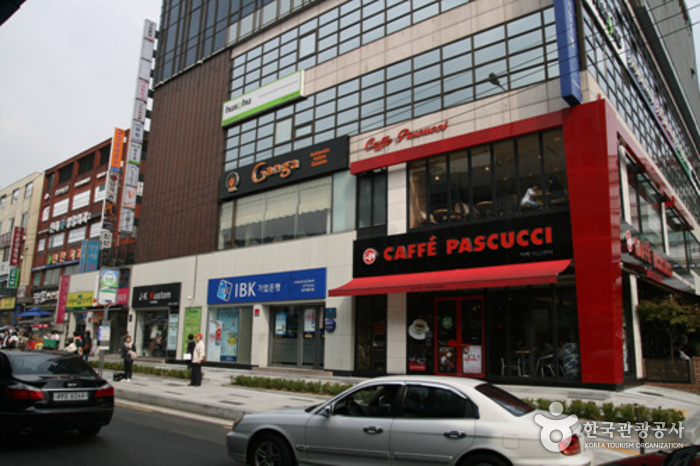
![Of one book and stay [Korea Quality] / 일독일박 [한국관광 품질인증/Korea Quality]](http://tong.visitkorea.or.kr/cms/resource/43/2707643_image2_1.jpg)
![Hanok Guesthouse Dongchonchae [Korea Quality] / 한옥 게스트하우스 동촌재 [한국관광 품질인증/Korea Quality]](http://tong.visitkorea.or.kr/cms/resource/96/2705896_image2_1.jpg)
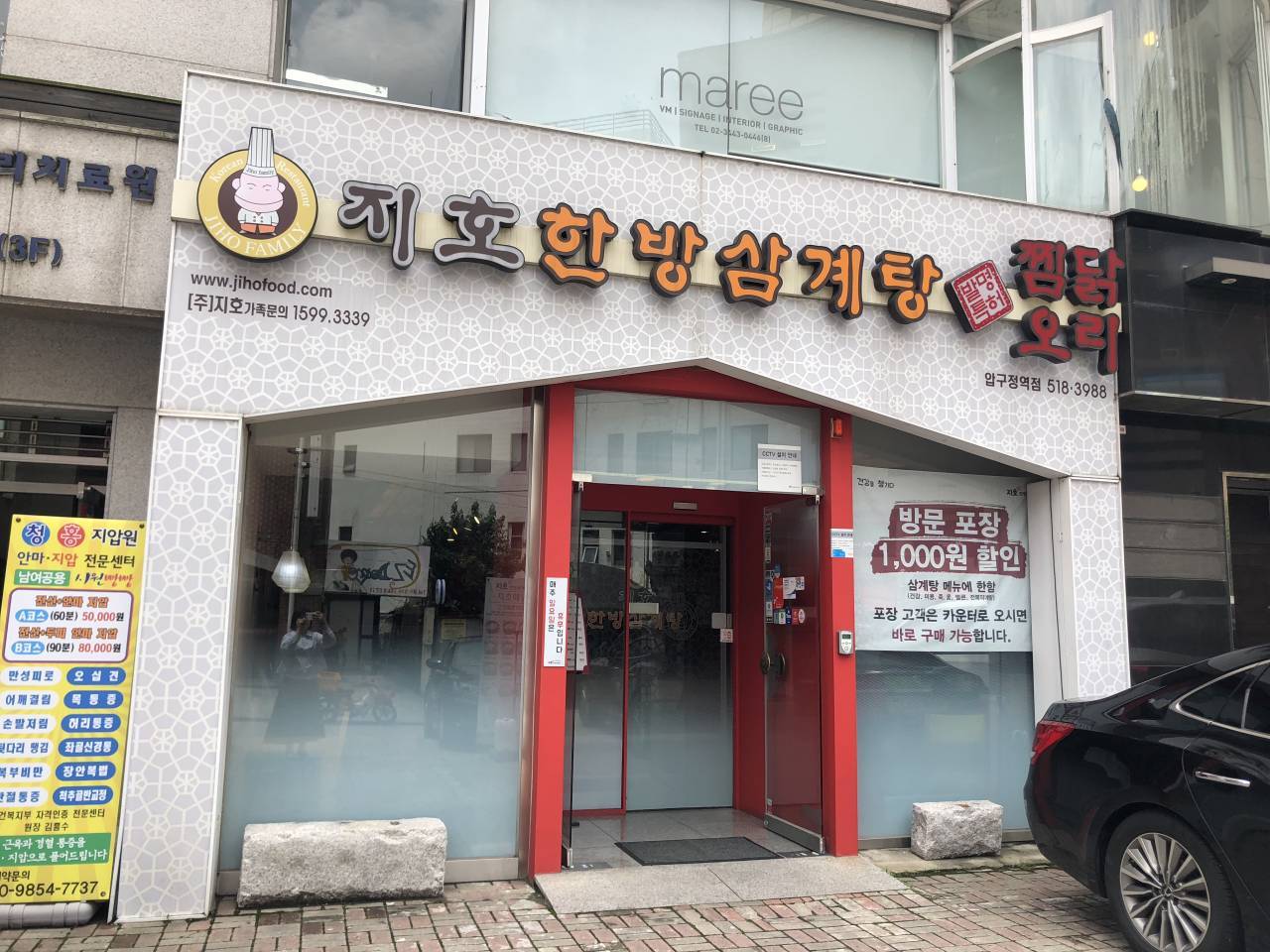
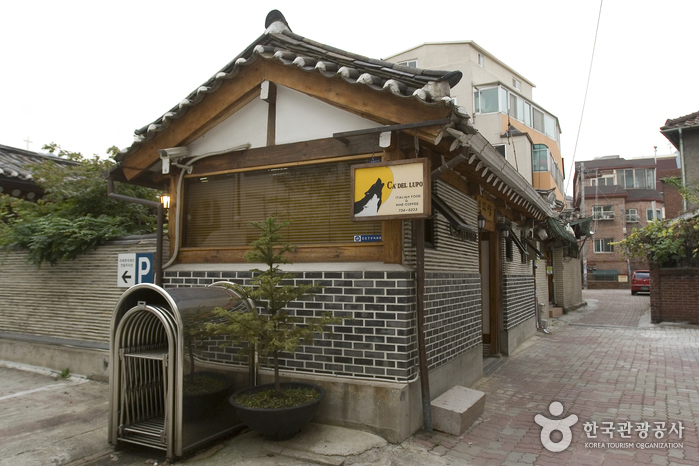
![Haeunjae [Korea Quality] / 하은재 [한국관광 품질인증/Korea Quality]](http://tong.visitkorea.or.kr/cms/resource/88/2707588_image2_1.jpg)
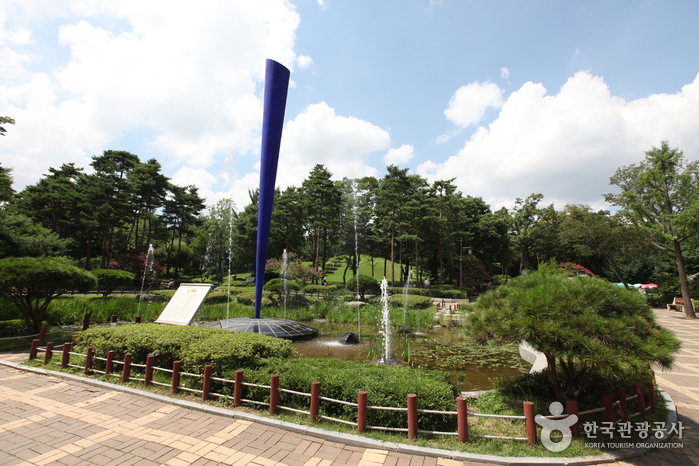

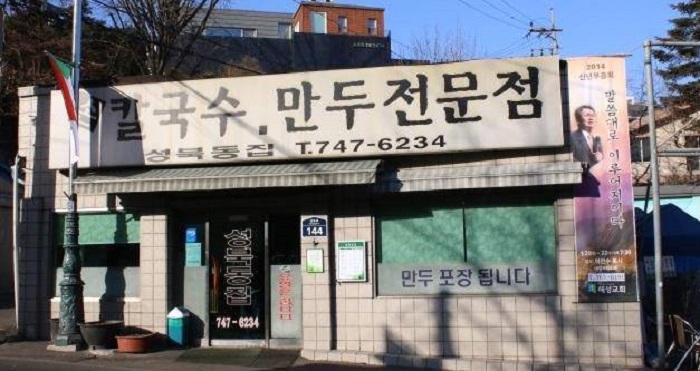
 Español
Español
 한국어
한국어 English
English 日本語
日本語 中文(简体)
中文(简体) Deutsch
Deutsch Français
Français Русский
Русский